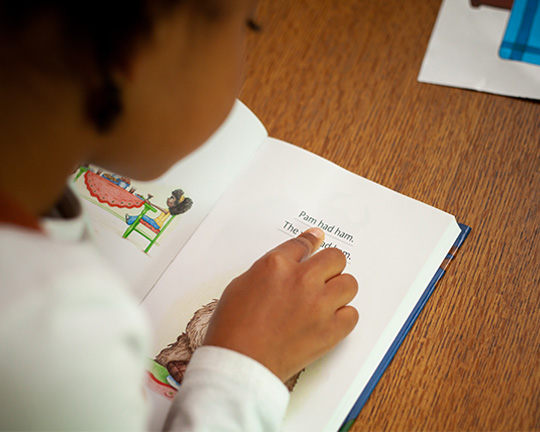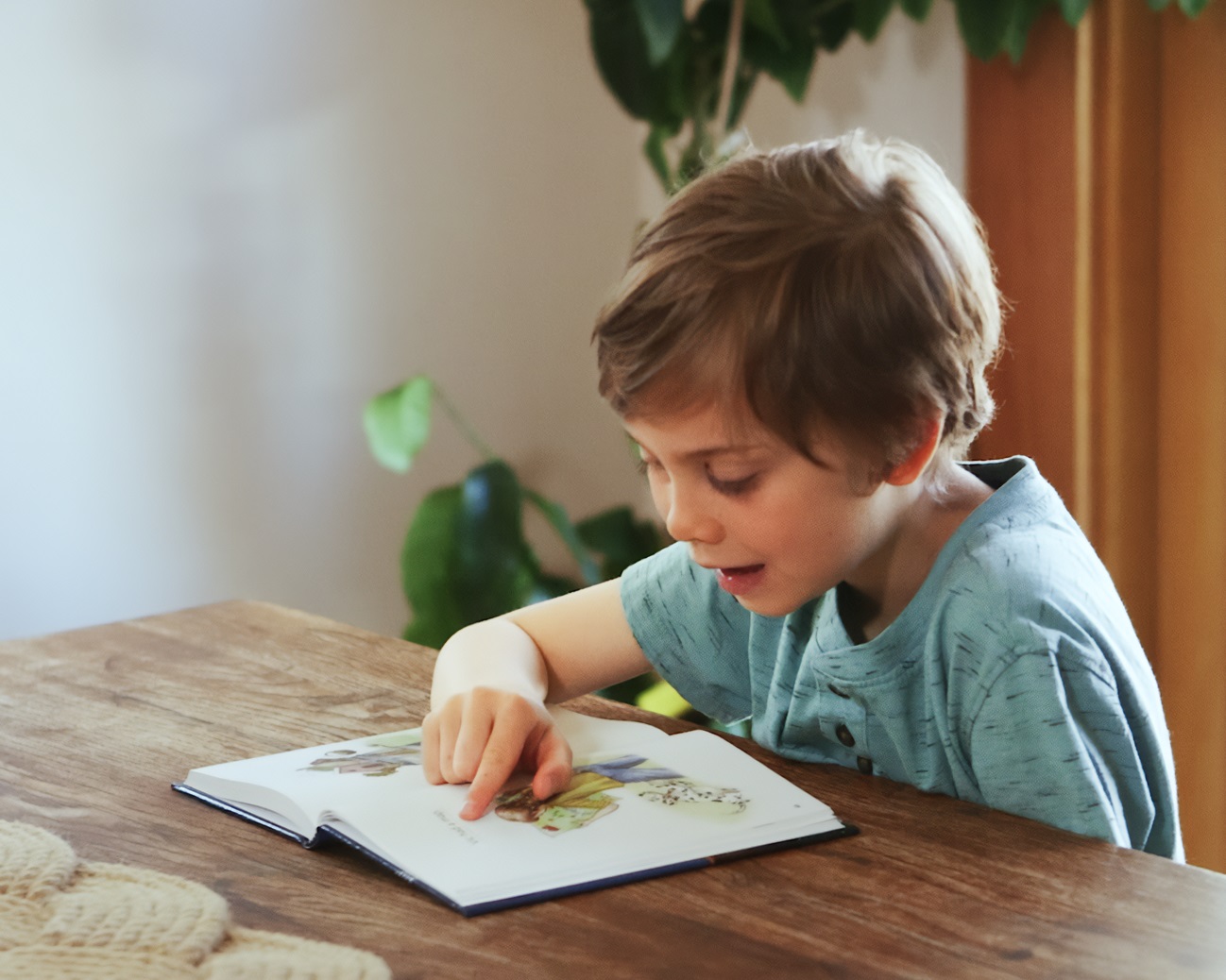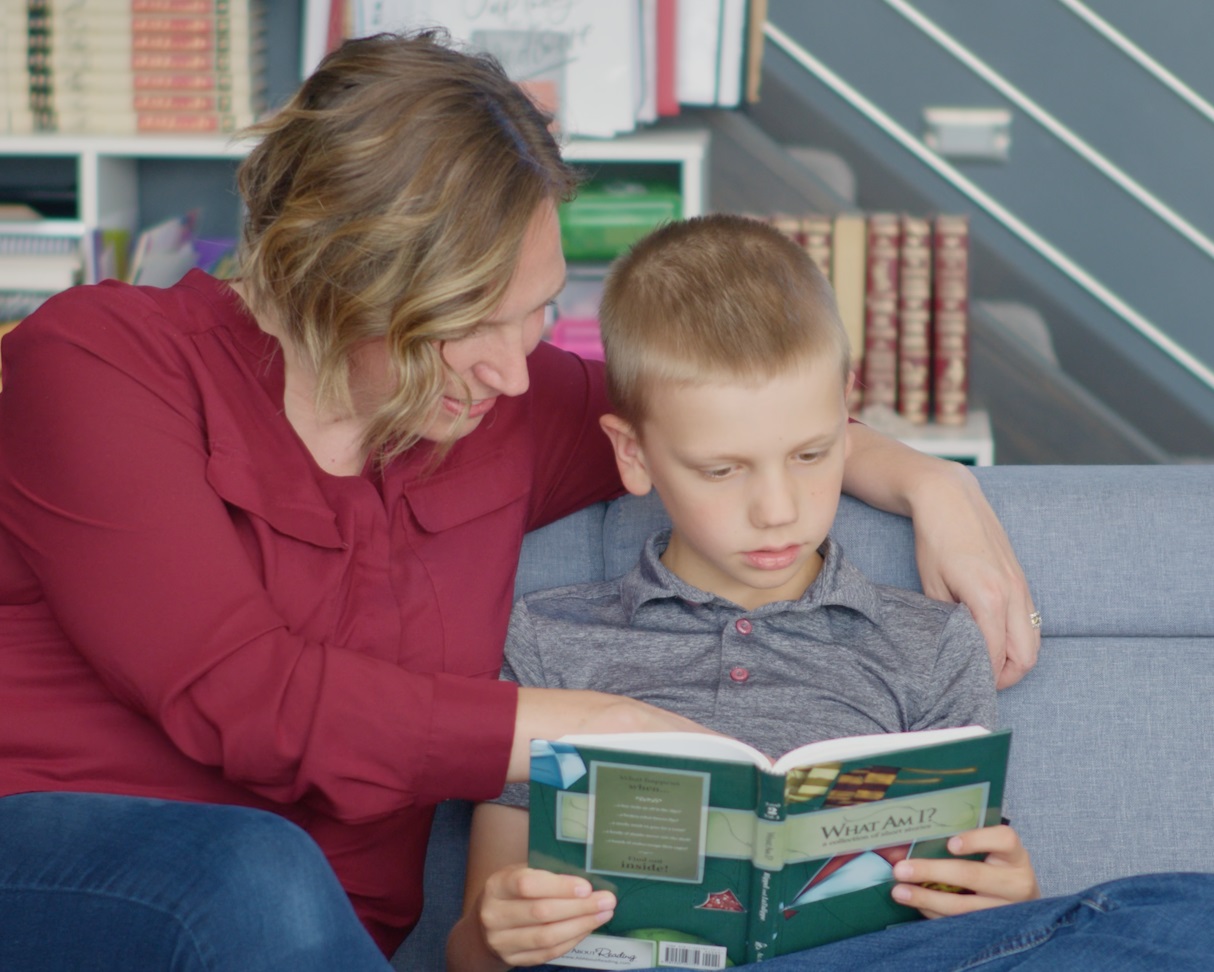How to Teach Final Blends

We hear from many parents whose children struggle with blending adjacent consonants.
When you think about it, the jump from three-letter words to even just four-letter words is actually a big leap for early learners. They must master a new concept – blending consonant sounds together without a vowel in between. In addition, there are also many different consonant blends to learn.
In this post, you’ll learn all about Final Blends – what they are, why they are so important, and how to teach this critical skill using research-based methods that make learning stick.
We are also introducing a new free Final Blends Match-Up! Activity in this post! It’s fun, hands-on, and provides essential practice – one of the keys to mastering final blends.

What Is “Blending?”
Blending is the technical term for sounding out words. It is the opposite of “segmenting words” which is breaking words apart into their individual sounds.
When you sound out a word, you say each sound in the word slowly (s … i … t), and then say the sounds together more quickly (sit). This process is called blending because sounds are blended together to form a word.
You can learn more about how we teach blending in our Helping Kids Sound Out Words blog post. It includes a link to the Blending Procedure download from our Level 1 Teacher’s Manual and demonstrates our approach to blending.
What Is a Final Blend?
A final blend is a cluster of two or three consonants which appear together at the end of a word. Each letter in a consonant blend retains its own sound and these sounds are then blended together as the word is pronounced.
For example, the word lamp has a consonant blend at the end. The /m/ and /p/ sounds are said in rapid progression, but each consonant keeps its own sound.
Other examples of words with final blends include bump, must, milk, lend, and drift.
Blends at the beginning of a word are called initial blends. In the example above, the word “drift” has both an initial blend (dr) and a final blend (ft).
Other terms used for final blends include: end blends, consonant blends, consonant clusters, final ending blends, phonics blends, and phonetic blends.
For a quick overview of final blends, take a minute to watch this short video.
Why Final Blends Are Important
As mentioned above, many, many words in the English language contain consonant blends. Understanding the fundamental concept of final blending – and adding a great deal of review practice – unlocks thousands of words that can be read fluently, achieving the goal of automaticity.
Automaticity is the ability to do something without conscious thought.
For example, as you read this post you probably aren’t consciously thinking about how to decode every word or how to sound out a final blend. You’ve reached automaticity in reading, which helps you pay attention to the content.
In reading, you want your child to be able to decode words effortlessly and rapidly, to make the shift from “learning to read” to “reading to learn.”

Final blends are critical to improving reading fluency, as you would expect, but they’re also key to facilitating reading comprehension as well. With increasing automaticity, your student’s mind is able to focus more on “what” she is reading, rather than “how to sound out” what she’s reading. As the automatic recognition of blends widens, so does the door to reading comprehension.
Automaticity is one of the main goals in All About Reading and All About Spelling, and every lesson brings your child closer to that goal. To learn more about automaticity and for tips on developing automaticity, visit our blog post Automaticity in Reading and Spelling.
Incremental Learning, Multisensory Teaching
Incremental learning – focusing on one concept at a time – has proven to be the best way to learn how to read and is a core element of our teaching methodology. Since learning final blends is easier for young students than learning initial blends, we teach two-letter final blends first.
In addition to teaching blends incrementally, we also recommend incorporating multisensory methods: visual, auditory, and kinesthetic.
In the Orton-Gillingham model we follow, our lessons engage all pathways at the same time, which optimizes learning.
Modern research has confirmed that when a child is taught through all three pathways at the same time – Simultaneous Multisensory Instruction (SMI) – she will learn significantly more than when taught only through her strongest pathway.
You can learn more about the Orton-Gillingham method in our free download The Power of the Orton-Gillingham Approach.
How to Teach Final Blends
Here’s how to incorporate multisensory methods as you teach final blends.
Letter Tiles, Letter Tiles App
Letter Tiles and Letter Tile apps are proven tools to teach and practice many concepts, including final blends. They are multisensory, and they are effective for all types of learners.
The graphic below from our Letter Tiles app illustrates how to teach final blends using letter tiles.
Step-by-Step Blending Procedure

Build the word last with letter tiles.
Touch the l and say /l/.
Touch the a and say /ă/.
Touch the s and say /s/.
Touch the t and say /t/.
Now go back to the beginning of the word. Slide your finger under the letters l–a–s–t and say last slowly.
Finally, read the word last at a normal pace as we do when we speak.
Practice, Practice, Practice…
and Fun Learning Activities!
Final blends can be a tricky concept for students to grasp. Many students need extra practice to learn how to fluently decode final blends.

Consistent review is the real key to mastering blending. Remember, this is a new skill they are learning and there are a lot of different consonant blends in the English language. It may take more time than you or your child expect, but don’t be discouraged. Use your Review Box to practice words and blends that are yet to be mastered but be sure to mix in fun activities like our new Final Blends Match-Up! Activity to keep them engaged and motivated to learn.
Word Flippers are also a great way to practice final blends. Plus, they’re easy to make! Visit our Word Flippers blog post to learn how to make and use your own flippers.
Be creative. Take blending practice out of the classroom and into your daily life. Have your child find final blends in a restaurant menu, or on a billboard, or in books you are reading together.
When you really need to engage your student in a fun way, watch this scary and cute “Lost in the Bog” video together.
This animated story from our Level 1 reader “The Runt Pig” highlights all the final blends used in the charmingly chilling story.
(It also showcases the beautiful, full-color illustrations in our readers – customers tell us they are part of what makes All About Learning Press special. We hope you agree!).
Activities and Activity Ideas
Everyone could use more teaching activities, right?
The All About Learning Press Free Resources page has more than 150 free homeschool teaching resources including Games and Activities, “How To” Articles, Quick Guides and Posters, E-Books and more!
There are dozens of free activities and activity ideas that can help you keep learning fun!
Most importantly, keep encouraging and praising your student for effort as well as achievements. Your patience, support and confidence building means more than you will ever know.
Happy Blending!










Mary
says:We are going to have fun with this very soon. Excited for increased difficulty and going beyond single letter sounds.
Robin
says: Customer ServiceMary,
I know what you mean. Reading really starts to open up once students master reading consonant blends.
Holly
says:If a child is in speech therapy addressing final consonant deletion, are they going to be able to do these activities with their best approximation of the sound?
Robin
says: Customer ServiceHolly,
I’m unsure on how to best approach these activities with a child working on this same issue in speech therapy. Please ask your student’s therapist; he or she should know. I’m sorry I’m not more help.
Cath V
says:I tutor one-on-one using Orton-Gillingham to several kids and over many years, and in my experience, teaching blends at both the beginning and end of words is the first step in reading fluency. Some kids grab blends after a brief introduction or no lesson at all, others need a whole session on each and every blend (with appropriate review) to master them.
Robin
says: Customer ServiceThank you for sharing your experience, Cath! Mastering consonant blends is definitely such an important part of reading fluency!
Jenna B
says:This is really helpful. My kiddo had trouble with blends.
Robin
says: Customer ServiceJenna,
I’m glad this is helpful. Consonant blends are tricky for many kids. If you find you need additional help, please let me know. I’m always happy to help!
Victoria
says:I love that we are explaining exactly what we are expecting with these terms like blending. I am a public school teacher, turning homeschool teacher for my family this fall. I am proud and excited to see tangible teachings for the parents who do not have the hands on experience I have. I am also so excited to welcome All About Learning products into our home to aid our journey
Robin
says: Customer ServiceVictoria,
Thank you! We appreciate your perspective and experience.
Vasha
says:With anything that we do we must practice it daily and often. Learning final blends can be hard for students because there is no vowels to separate the letters. However if they continue to practice sounding out words they will get better.
Robin
says: Customer ServiceThank you, Vasha!
Stephanie
says:I can’t wait to use this download with my son this week!
Robin
says: Customer ServiceI hope this went well with your son, Stephanie!